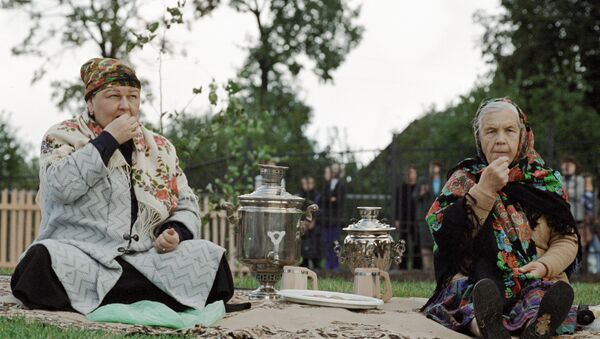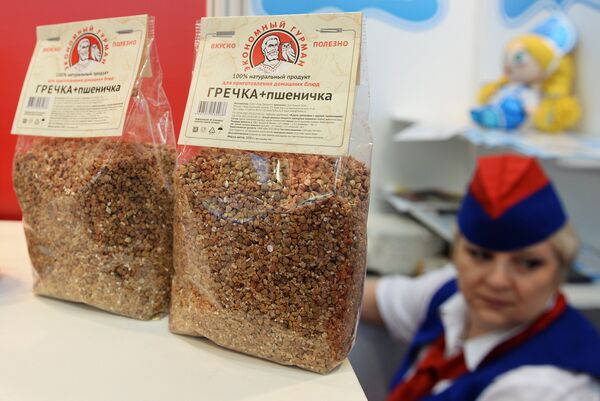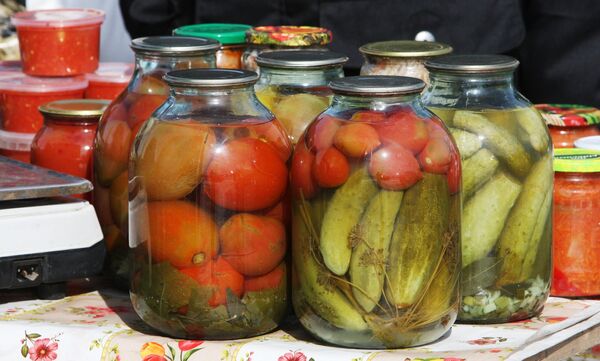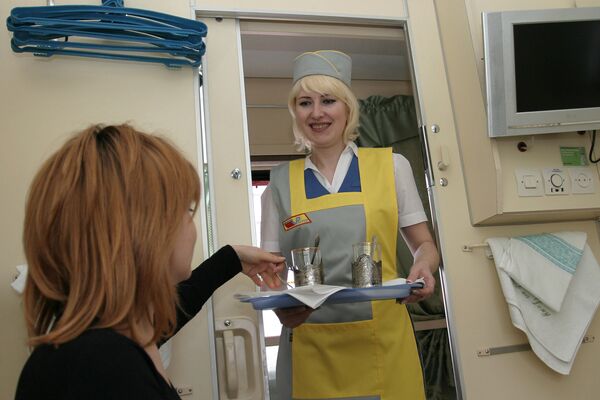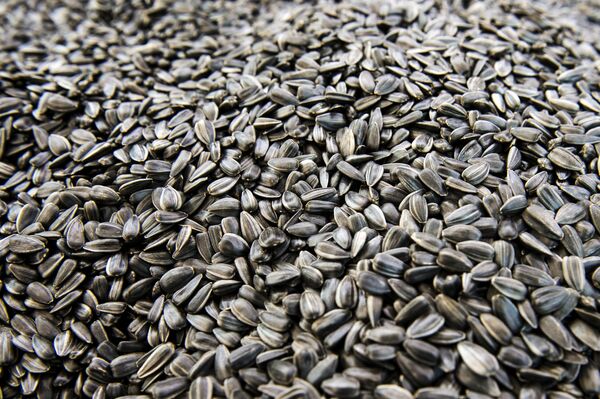When visiting Russia, foreigners are often surprised by some of the most common products and traditions they meet in day-to-day life that are quite normal for Russians. Here is the top-ten list of quirks that every "inostranets" is sure to run into.
1. Hidden ticket barriers in the metro
It is a rather ruthless mechanism designed to punish a potential fare dodger who receives a mechanical punch to the gut when they try to enter the Metro without swiping their ticket. Even though new metro stations have visible barriers, passengers understandably think twice before passing through them.
2. 'Brilliant Green'
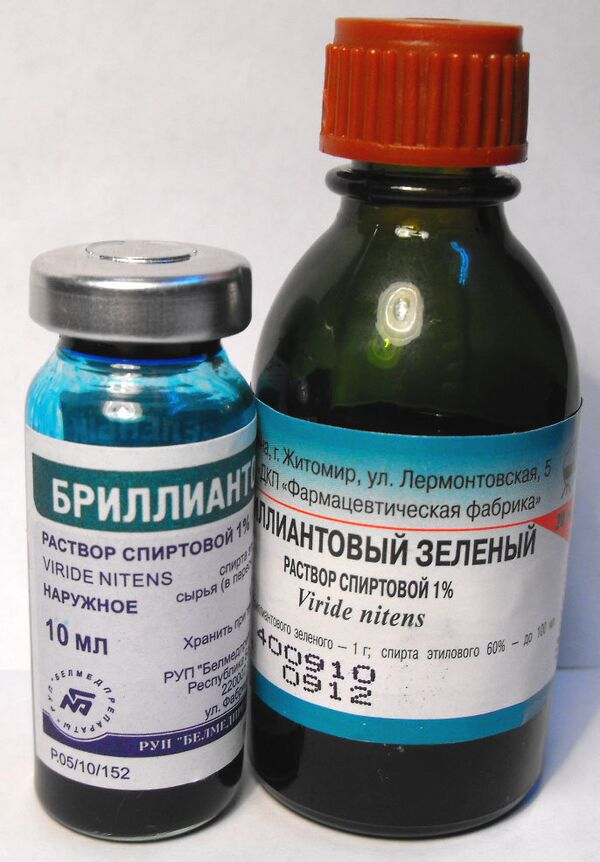
Western doctors have already learned to distinguish Russian children from their international peers due to mysterious green spots on their bodies. Russians turn a deaf ear to Western doctors who warn against using this liquid due its potentially harmful effects. However, 'brilliant green' is still a must-have in each and every Russian house and is regularly splashed onto cuts, abrasions and chicken pox on kids around the country.
3. Doors that open inwards
Legend has it that such doors were allegedly installed in order to help the KGB to smash them in. But in fact, the explanation is more likely attributable to the rather unfriendly weather climate in Russia, where doors that open inwards can literally save the lives of those inside a house, when a snow storm dumps a ton of white stuff by the front door in winter!
4. Buckwheat
People say that buckwheat should be introduced in childhood, as to the adult palette it can have a somewhat bitter taste when trying it for the first time. Eaten in Russia in place of rice or potatoes, in Western countries, buckwheat (one of nature's super-foods by the way) is rarely found on supermarket shelves in the West except as an ingredient in other foods.
5. Activated carbon
Have a hangover or maybe a little food poisoning? No problem, eat some coal! Although it is used as an absorbent all across the world, only Russians use activated carbon in the form of natural black color tablets. Patients in Western countries typically take activated carbon in the form of white and pink capsules that are subsequently dissolved in the stomach.
6. Birch juice
Just think about it – this is a juice that can be obtained directly from a birch-tree. This is a very exotic and tasty little drink that you really must try when in Russia.
7. Pickle juice
It is another "strategically important" liquid that is yet to be understood and used by foreigners given that like Russians, they also sometimes suffer from a hangover. Some jokingly say that it is high time that Russia should start exporting brine and building "brine pipelines."
8. Tea glass holders
Previously, these things, which were not uncommon around the world, were designed to protect expensive and delicate glasses. Nowadays, tea glass holders are still used in Russian trains and help passengers prevent their tea from splashing.
9. Sunflower seeds
Even though seeds appeared in Russia 200 years ago, they have already become an essential part of the country's culture. Foreigners are still amazed about some Russians husking seeds and spitting the shells directly at his feet, something that Russians see as a kind of meditation.
10. Old New Year
New Year is so much fun, let's do it again! It is a wonderful holiday and an oxymoron that again cannot be apprehended by a foreigner. To understand how 'Old New Year' comes before the new 'New Year', you have to look at the ancient calendar which Russia used to use. Old New Year is an informal traditional holiday, which is celebrated as the start of the New Year by the Julian calendar and which falls on January 14 in the Gregorian calendar. Although the Russian Soviet Federative Socialist Republic officially adopted the Gregorian calendar in 1918, the Russian Orthodox Church continued to use the Julian calendar. So the New Year was turned into a holiday celebrated by both calendars.

